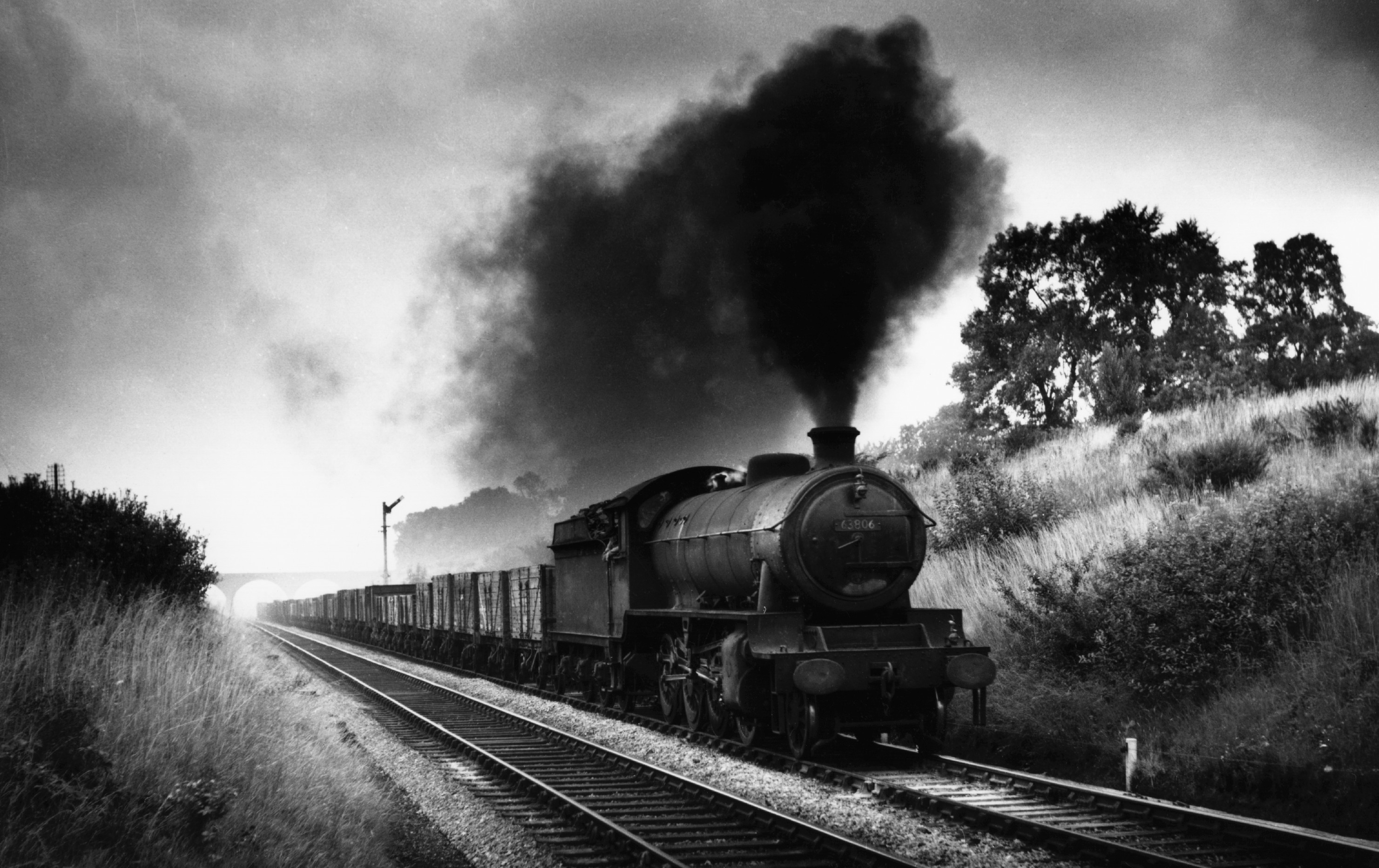7 history-rich insights into train terminology
Why is it called a "caboose," anyway?

For more than 200 years, trains have played an important role in the world's economy, transporting both goods and people from one city to the next. The words we use when talking about train travel are steeped in the long and colorful history of this transportation mode, and harbor some interesting historical references. Here, a few every railway buff should know.
1. The term 'railroad' came before there were even trains
The first steam-powered locomotive was created in the early 1800s by an engineer named Richard Trevithick, but the terminology we most commonly associate with trains was being used long before then. According to the Oxford English Dictionary (OED), the words "railroad" and "railway" originated in 1681 and 1757, respectively. Both first referred to the rails or tracks miners used to transport coal in wagons. Americans prefer the term "railroad," but you'll hear "railway" much more frequently in Britain.
The Week
Escape your echo chamber. Get the facts behind the news, plus analysis from multiple perspectives.

Sign up for The Week's Free Newsletters
From our morning news briefing to a weekly Good News Newsletter, get the best of The Week delivered directly to your inbox.
From our morning news briefing to a weekly Good News Newsletter, get the best of The Week delivered directly to your inbox.
2. Atlanta was once called 'Terminus'
There seem to be a lot of words one can use to refer to a stop along a rail line, including "station," "depot," and "terminal." The latter actually refers to a major junction, or the end of the line. The word "terminus" refers to the city in which a terminal is located. Interestingly, the city of Atlanta was once called Terminus because it was settled in 1837 as a railroad junction. The name was changed in 1845 to promote the city's status as a gateway to the Atlantic Ocean.
3. The conductor was called 'big O'
This 1930s U.S. slang term comes from the O in the word "order" of The Order of Railroad Conductors and Brakemen, a labor union founded in 1868. The term was apparently "much used by tramps," but is now rare, says the OED. Railroad brakemen also had their fair share of nicknames, including pinhead, car catcher, and the less imaginative brakey.
A free daily email with the biggest news stories of the day – and the best features from TheWeek.com
4. The first 'redcap' was also one of the first African-American porters in Grand Central Terminal
"Redcap" is an American English term for a railroad porter, or the employees who assist passengers with their baggage. The term first appeared in print in 1911. Before then, porters were officially known as "attendants" and unofficially as "baggage-smashers." Legend has it that in 1892, 13-year-old James H. Williams, one of the first African-American porters hired at Grand Central, stuck a piece of red flannel to his cap to signal to harried travelers that he was available for service. Hence, the redcap was born. Williams rose in the ranks to become chief redcap in 1909 and served for 48 years until his death. Along the way, he became a prominent figure in the black community, according to the Wall Street Journal, coming to know "presidents, governors and archbishops," as well as taking under his wing a man named Samuel Battle, who would later become the first African-American officer in the NYPD.
5. The word 'caboose' comes from a Dutch word meaning 'ship's galley'
This term we know as the last car on a train originated around 1747 to refer to a ship's cookhouse, and comes from the Middle Dutch "kambuis," or ship's galley or kitchen.
The caboose, also known as the buggy, crib, crummy, and doghouse, came into existence in the 1850s, according to the Chicago Tribune. It was part office for the conductor, part galley and sleeping quarters for the crew, and part crow's nest in the form of a cupola where the conductor could keep an eye on the the whole length of the train. However, by the 1970s, cabooses were off-loaded to cut costs, and today you'll rarely see that little red car bringing up the railroad rear.
6. Head-on collisions were called 'cornfield meets'
While this term is from the 1930s, it's unclear why such accidents occurred so often in corn fields. My guess is that because in rural, cornfield-covered areas far from any station or depot, trains would travel at top speed and therefore have little chance to slow down.
7. 'Siderodromophobia' is a fear of railway travel
While siderodromophobia is now known as the morbid fear of railway travel, it was once synonymous with a disorder called "railway spine." Often the result of a railway accident, those with the disorder suffered back pain, sensory and motor dysfunction, and sometimes psychological trauma. As for the mouthful of a word siderodromophobia, it's a German borrowing that ultimately comes from the Greek sidero-, "relating to iron," -drome "course," and -phobia, "fear of."
Angela Tung's essays on language and culture have appeared at Mental Floss, Quartz, Salon, The Week, The Weeklings, and Wordnik. Her personal essays have appeared at The Frisky, The Huffington Post, and elsewhere.

